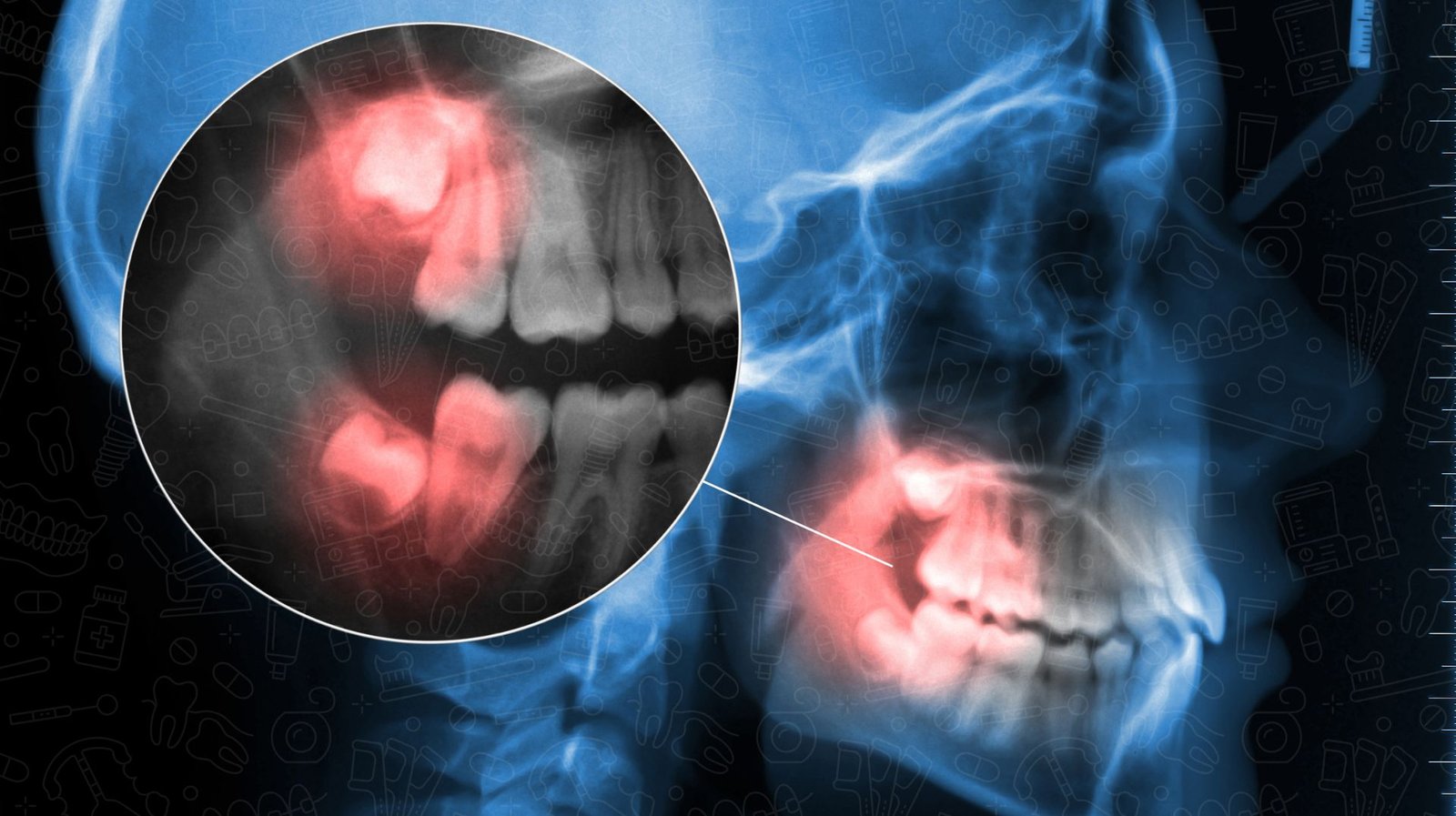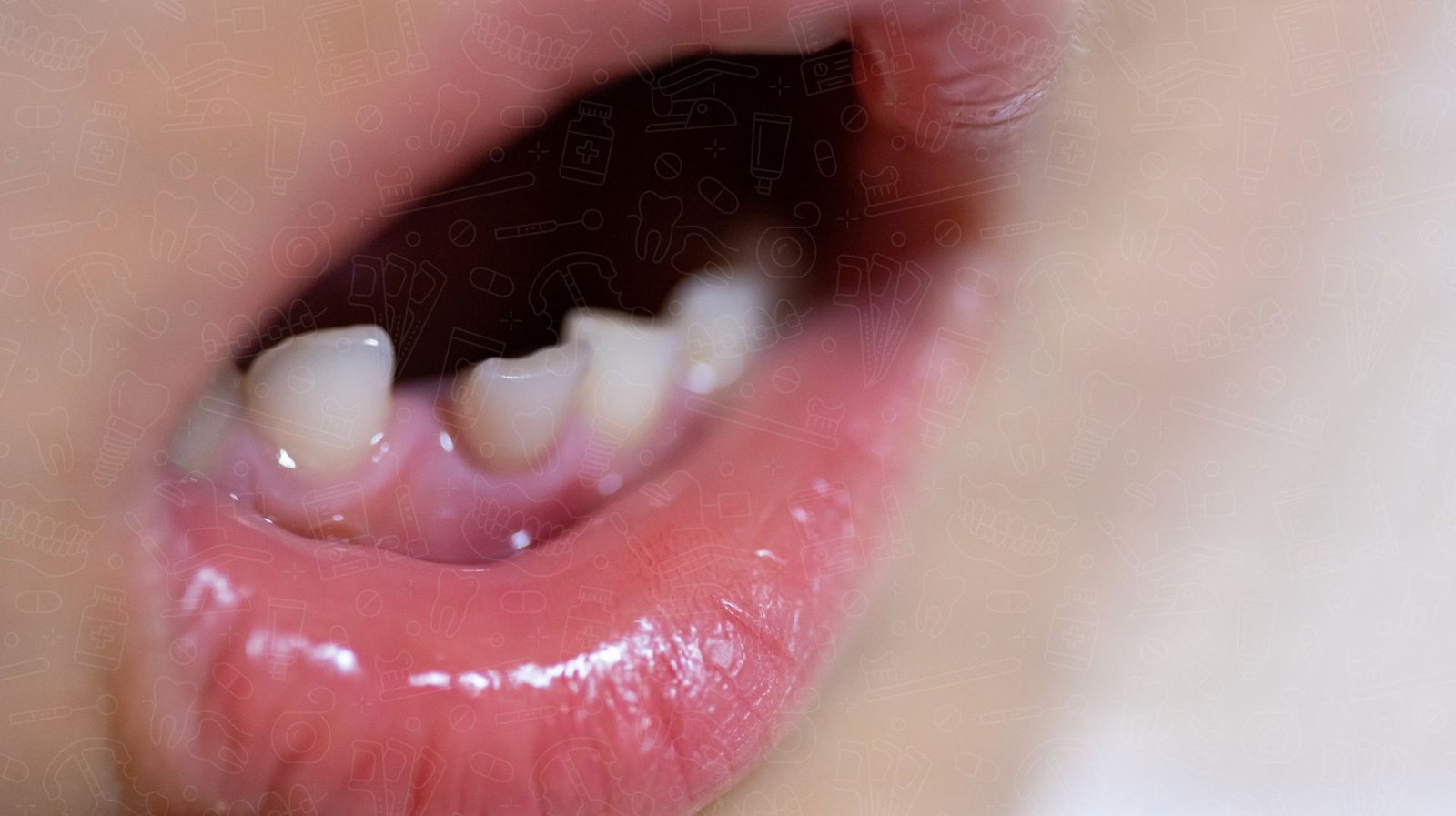Introduction to Gum Disease Treatment
Gum disease, or periodontal disease, is a prevalent oral health concern that afflicts countless individuals worldwide. It begins subtly with gingivitis, marked by inflammation and soreness of the gums, primarily driven by plaque accumulation due to inadequate oral hygiene. Contributing factors such as smoking, hormonal fluctuations, and underlying medical conditions can exacerbate the issue. If not addressed in its early stages, gingivitis may escalate into periodontitis, a more severe form that threatens the structural integrity of teeth.
Recognizing early symptoms like gum redness, swelling, and bleeding during regular brushing or flossing is critical for intervention. As gum disease progresses, symptoms can worsen, leading to chronic bad breath, gum recession, and tooth mobility. Awareness of these indicators allows individuals to seek the necessary professional treatment promptly, which is essential for preserving overall dental health.
Understanding the stages of gum disease plays a vital role for individuals committed to maintaining optimal oral hygiene. By identifying risk factors and symptoms early, patients can empower themselves to seek timely dental care, thereby preventing the advancement of more serious periodontal issues. Regular dental visits and proper daily care are indispensable for early detection and management of gum disease, ultimately leading to healthier gums and teeth for the long term.
Understanding Gum Disease Stages
Gum disease, also known as periodontal disease, is a common oral health issue that affects many individuals. It typically begins with gingivitis, characterized by inflammation and irritation of the gums. The primary causes include plaque buildup due to poor oral hygiene, smoking, hormonal changes, and certain medical conditions. If left untreated, gingivitis can progress to more severe stages, such as periodontitis, where the inflammation can lead to the destruction of the supporting structures of the teeth.
Early symptoms of gum disease may include redness, swelling, and bleeding gums, particularly during brushing or flossing. As the condition advances, one might experience bad breath, receding gums, or even loose teeth. Recognizing these signs early is essential, as timely intervention can prevent further complications and preserve overall dental health.
Understanding the progression of gum disease is crucial for patients aiming to maintain optimal oral health. By being aware of the symptoms and causes, individuals can make informed decisions about seeking professional gum disease treatment. This education empowers them to take proactive measures in preventing the onset of more severe periodontal issues. Regular dental check-ups and proper oral hygiene practices are vital in identifying and addressing gum disease in its early stages, ensuring healthier gums and teeth in the long term.
Importance of Early Gum Disease Treatment
Recognizing the significance of early gum disease treatment is essential for maintaining oral health and preventing the progression of periodontal disease. Initial stages of gum disease, often characterized by gingivitis, can typically be addressed through non-surgical methods that yield successful outcomes. When detected early, practitioners can implement treatments such as routine cleanings and improved oral hygiene, which are effective in reversing inflammation and restoring gum health.
Delaying gum disease treatment, however, can lead to more severe consequences, such as advanced periodontitis. This progression may result in significant damage to the supporting structures of teeth, increased risk of tooth loss, and even the potential for systemic health issues, such as cardiovascular disease. Early intervention not only helps preserve teeth but also promotes overall well-being.
Understanding the potential risks associated with postponed care underscores the necessity for regular dental check-ups. During these visits, dental professionals can assess gum health and provide guidance on any required treatments. Patients are encouraged to be vigilant about changes in their oral health, such as persistent bad breath or bleeding gums, which may signal the need for immediate action. By prioritizing early gum disease treatment, individuals can safeguard their oral health and minimize the risk of more invasive procedures in the future.
Common Non-Surgical Gum Disease Treatments
Non-surgical treatments for gum disease are essential for restoring gum health and preventing further complications. One popular method is scaling and root planing, which involves cleaning beneath the gum line to remove plaque and tartar deposits. By smoothing the tooth roots, this procedure enhances gum reattachment and promotes healing.
Antimicrobial therapy is another effective non-invasive option. This treatment utilizes antibiotics or antiseptic solutions to kill harmful bacteria and reduce inflammation. Patients often receive these medications in conjunction with regular dental cleanings to maximize their effectiveness.
Laser treatment is an innovative and less invasive approach that targets diseased gum tissue. This method employs lasers to eliminate bacteria while minimizing damage to surrounding healthy tissue, leading to quicker recovery times and reduced discomfort for the patient.
These non-surgical methods not only improve gum health but can also be less painful and more cost-effective compared to surgical alternatives. It’s important for individuals experiencing signs of gum disease, such as bleeding gums or persistent bad breath, to consult their dental professional regarding these treatment options. By addressing gum issues early, patients can enhance their overall oral health and avoid more invasive procedures down the line. Understanding the roles of scaling and root planing, antimicrobial therapy, and laser treatment is crucial for effective gum disease management and prevention.
Benefits and Limitations of Non-Surgical Approaches
Non-surgical gum disease treatments offer a range of benefits, particularly in the early stages of periodontal disease. One of the primary advantages is the preservation of healthy gum tissue, as these methods, such as scaling and root planing, focus on removing plaque and tartar without the need for invasive procedures. Non-surgical treatments often result in less discomfort and shorter recovery times, making them appealing for patients seeking effective yet gentle care.
Additionally, early intervention with non-surgical approaches can significantly improve oral health, reducing the risk of tooth loss and further complications. Patients who adhere to recommended maintenance and preventive care following treatment typically see positive outcomes, including healthier gums and reduced inflammation.
However, non-surgical methods do have limitations, especially when gum disease has progressed to more advanced stages. In cases of severe periodontal disease, deeper pockets may prevent effective cleaning, leading to a diminished response to non-surgical treatments. Moreover, for individuals with certain health conditions or risk factors, such as diabetes or smoking, non-surgical options may not yield the desired results.
In conclusion, while non-surgical treatments can be highly effective in managing early-stage gum disease, it is essential for patients to understand their condition’s severity. Consulting a dental professional will help determine the most suitable approach based on individual gum health and overall dental needs.
Who Is a Good Candidate for Non-Surgical Treatment?
Determining eligibility for non-surgical gum disease treatment involves several key factors, including the state of gum health, comprehensive medical history, and lifestyle choices. Individuals with early-stage gum disease, characterized by gingivitis and minimal tissue loss, are often ideal candidates for non-invasive therapies. These individuals generally exhibit mild symptoms such as slight inflammation and bleeding without significant bone loss.
Medical history plays a crucial role in assessing candidacy; patients free from systemic conditions such as diabetes or cardiovascular issues often respond better to non-surgical treatments. Additionally, individuals who maintain good oral hygiene habits are more likely to benefit from these approaches, as they help sustain the treated areas post-procedure.
Moreover, lifestyle choices such as smoking can adversely affect healing and treatment efficacy, making such individuals less suitable for non-surgical options. Furthermore, adherence to follow-up care is vital, as regular dental check-ups and maintenance ensure that any improvements in gum health are preserved and advanced stages of gum disease do not develop.
Ultimately, a personalized evaluation by a dental professional can effectively determine whether non-surgical treatment is the best approach for any individual, fostering a proactive strategy to manage and reverse gum disease before it progresses. Understanding these factors is essential for those seeking to improve their gum health through non-invasive interventions.
Maintaining Gum Health After Treatment
To ensure lasting gum health following treatment, individuals must adopt effective oral hygiene practices and make informed lifestyle choices. First and foremost, regular brushing with fluoride toothpaste is essential, as it helps remove plaque and prevent tartar buildup. Patients are encouraged to brush at least twice daily and to incorporate a soft-bristle toothbrush to avoid damaging the gums.
Additionally, flossing daily is crucial in reaching areas that brushing alone cannot, thereby reducing the risk of gum disease recurrence. Antimicrobial mouthwashes can also be beneficial; they help to control bacterial growth and freshen breath effectively.
Regular dental check-ups are vital for monitoring gum health and ensuring that any potential issues are addressed promptly. Dental professionals can provide professional cleanings that remove stubborn plaque and tartar, further supporting gum tissue recovery.
Lifestyle changes can also play a significant role in maintaining gum health. A balanced diet rich in vitamins and minerals promotes overall oral health; foods high in vitamin C, for instance, are known to strengthen gum tissue. Furthermore, avoiding tobacco products is crucial, as smoking is a known risk factor for gum disease.
In summary, maintaining gum health post-treatment requires a combination of diligent oral hygiene, regular dental visits, and healthy lifestyle changes. By following these guidelines, individuals can reduce the likelihood of gum disease recurrence and promote long-term oral health.
Conclusion: The Path to Optimal Gum Health
Understanding gum disease and its various stages is fundamental for individuals aiming to maintain excellent oral health. This comprehensive exploration covers the critical importance of early detection and intervention, emphasizing that conditions like gingivitis can be effectively managed with non-surgical treatments when addressed promptly. By recognizing early symptoms such as gum inflammation and bleeding, individuals can seek the appropriate dental care to prevent the escalation into more severe periodontal disease.
Equipped with insights into non-surgical treatment options, patients can make informed decisions, ultimately leading to healthier gums and teeth. The benefits of methods like scaling and root planing, combined with antimicrobial therapies, play a significant role in restoring gum health. Furthermore, understanding the importance of maintaining routine dental check-ups and practicing good oral hygiene is essential for sustaining treatment benefits and preventing recurrence.
In conclusion, proactive engagement with one’s dental health can significantly enhance quality of life, reduce the risk of systemic health issues, and contribute to overall well-being. By prioritizing gum health, individuals not only protect their smiles but also fortify their long-term dental health. Thus, educating oneself on gum disease and its management remains vital for everyone looking to achieve and maintain optimal oral health.





